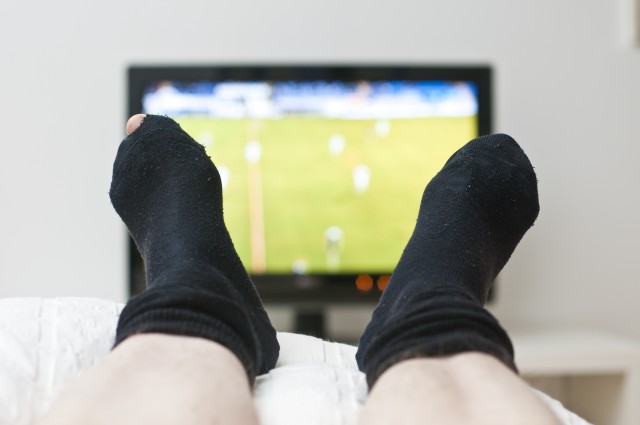New research from Stanford shows that physical activity -- or lack thereof -- may be a bigger driver of the obesity epidemic than diet is.
The researchers looked at national survey results of people's health habits -- including diet and exercise -- from 1988 to 2010. The stunner was the increase in people who reported no leisure-time physical activity.
In 1988, 19 percent of women were inactive. By 2010, that number had jumped to 52 percent.
For men, the rate nearly quadrupled, going from 11 to 43 percent in the same time period.
But what didn't change was the number of calories people consumed. In other words, people were eating about the same but exercising significantly less.
